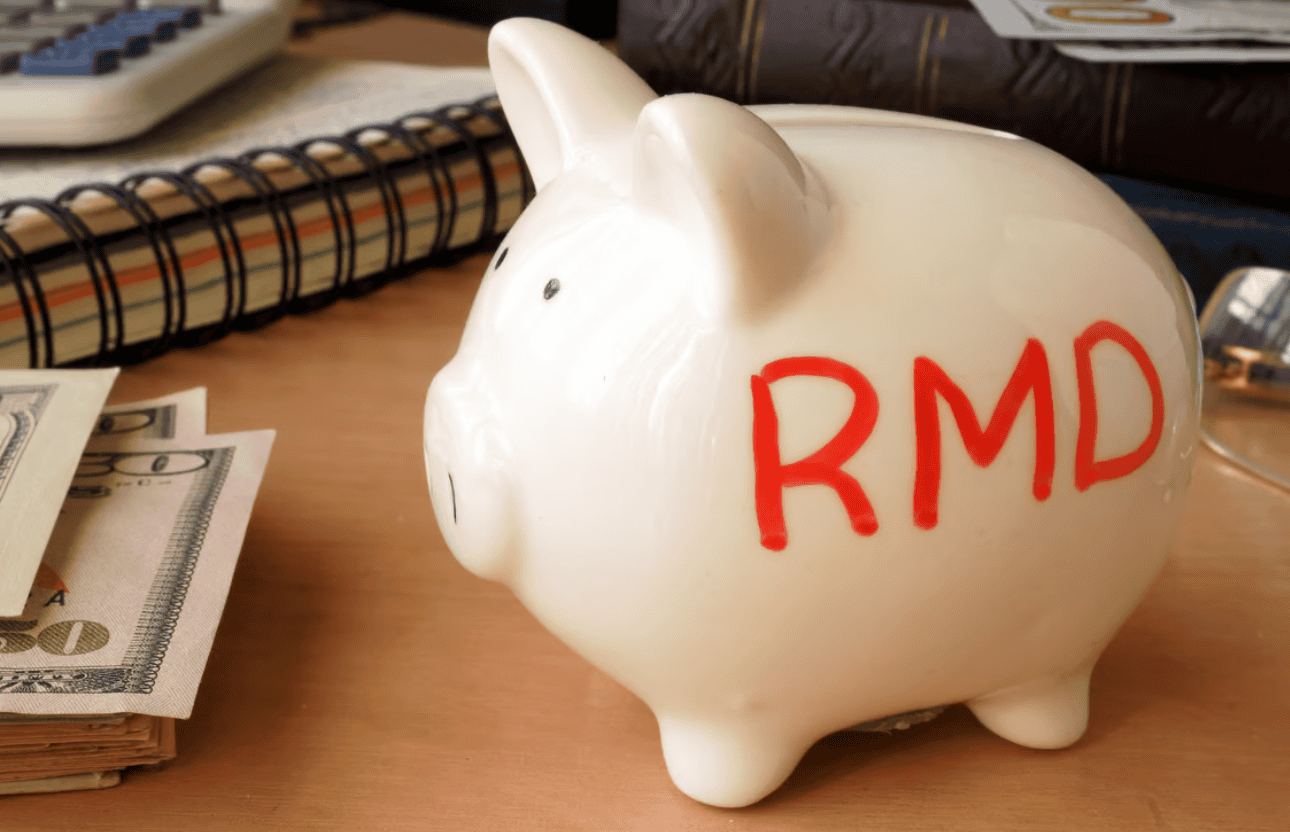Knowing these tricks could help you reduce the tax burden of RMDs now and in the future.
Saving money in a retirement account like an IRA or 401(k) is a great way to boost your savings. The tax deduction you receive upfront can help you save more today and build a big nest egg quickly.
But eventually, the government wants its tax revenue. That’s why it imposes required minimum distributions (RMDs) on traditional retirement accounts. Seniors must start withdrawing funds from their IRAs, 401(k)s, and other qualified accounts by April the year after they turn 73. Failing to do so comes with some stiff penalties, up to 25% of the amount you were supposed to withdraw.
But there are some ways to reduce your required minimum distribution. And with some clever planning, you could significantly minimize the impact of RMDs on your taxes. Here are three ways to get ahead of RMDs in 2024.
1. Roth conversions
Let me be clear, Roth conversions won’t count toward your RMDs.
But what Roth conversions can do is reduce your future RMDs. So, even if you aren’t subject to RMDs yet, you may want to consider making a Roth conversion now.
The amount of your RMD gets recalculated every year. It’s based on two numbers: your age and the balance in your accounts at the end of the previous year. If you make a Roth conversion, you’ll lower the balance in your account, thus reducing future RMDs.
When you make a Roth conversion, you take assets from your traditional retirement account and transfer them to a Roth version of that account. You’ll be required to pay taxes on the amount you convert. But right now may be a great opportunity to pay taxes on Roth conversions.
The 2017 tax cuts are set to expire at the end of next year. At that point, tax rates could move higher. As such, it might make sense for investors to lock in low tax rates by executing strategic Roth conversions today.
The early years of retirement are a great time to make Roth conversions, especially if you can delay Social Security. You can keep your total income in the lowest tax brackets, minimizing the amount you have to pay on your conversions. But even if you take some extra money on top of your RMDs this year and next year, it could prove a savvy tax move in the future to reduce your RMDs and total tax bill
2. Qualified charitable distributions
A qualified charitable distribution (QCD) is a special distribution from an IRA. Instead of withdrawing funds to your own bank account, the funds go directly to a non-profit organization. The distribution counts toward your RMDs, but it doesn’t count as income.
If you’re over age 70 1/2, a QCD is one of the best ways to donate to charity. That’s because you can donate to charity and get all the tax benefits of the donation without having to itemize your deductions. It’s extremely tax efficient, especially if you no longer have a mortgage or other large expenses to itemize.
QCDs are limited to $105,000 per person in 2024. That means a married couple could donate up to $210,000 (split between their respective IRAs), reducing their RMDs by the same amount. Importantly, QCDs only apply to IRAs. Workplace retirement accounts are not eligible for the special distribution.
3. Continue working
Not everyone stops working in their 70s. And it might not be about the money. Staying mentally and physically active with work later in life is a great way to extend your life and improve your happiness — not to mention the benefits to your wallet.
One financial benefit for those who continue working is that their employer’s 401(k) plan is likely exempt from requiring RMDs. (Most, but not all, plans offer this benefit, so please check with your HR department.) Even if you’re 73 or older, you won’t have to withdraw a penny from your employer’s plan.
You may be able to take advantage of that by transferring assets from old workplace retirement plans or IRAs to your current employer’s 401(k) if the plan allows it. Otherwise, those accounts will still be subject to RMDs.
This hack could help you avoid RMDs entirely, but it won’t be for everyone. Still, there are plenty of ways to plan ahead and reduce your RMDs and long-term tax liability. Doing so could leave you with more money to enjoy your retirement, give to the causes you care about, and leave more money for your heirs.

